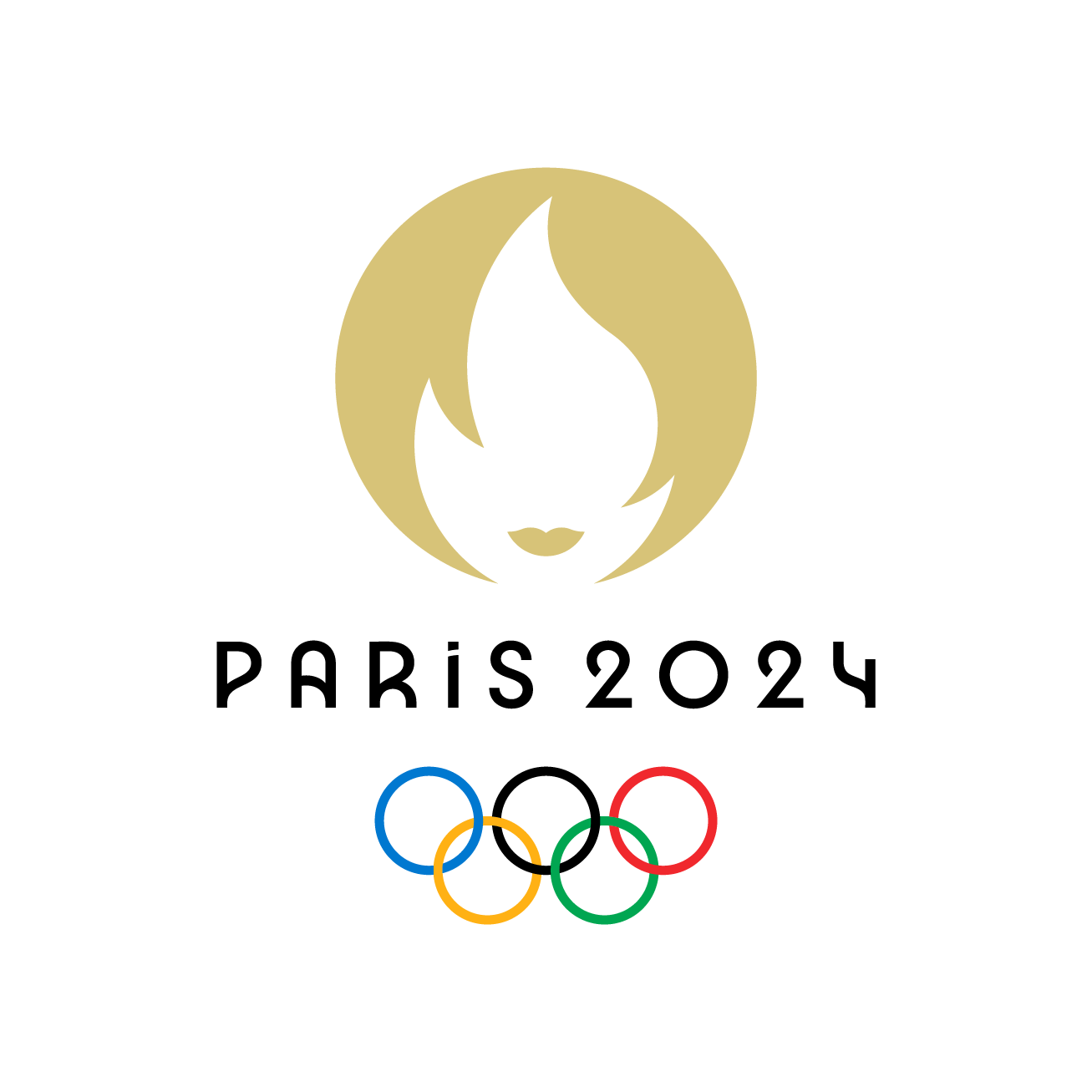PARIS – Street art resides all over the streets of Paris. It is impossible to walk through the city without seeing a small tag or mural. Artists utilize their artistic freedom in Paris, building on its rich cultural history.
You can differentiate between artists based on color, objects or techniques in their works. A common technique is shadowing, which adds texture and the 3D perspective depicted above.
Street art changes and rotates during the year. The same art-decorated streets may feature totally different pieces as time goes by. Artists will paint over old graffiti and it is very common to see the remnants of past works.
Graffiti has not always had the best reputation in the United States. In cities like Paris, however, it is often seen as a form of artistic expression and a crucial addition to the culture.
Letters are a crucial part of street art. The bigger and more conspicuous the better. Some artists like to be obvious with words, while others paint abbreviations or anagrams only they know the meaning behind. In French, “soude” translates to “soda,” which shows how pieces of art can carry meaning exclusive to the artist.
Artists share canvases (streets and walls) in order to collaborate, while others try to complement existing works. This creates a very diverse and inclusive atmosphere.
Street artists hope to inspire wonder in bystanders. How did they reach that high? How did they come up with that idea? How long did it take them? How do they choose that location or color? To prevent their work from getting painted over, artists often paint on high surfaces, making it harder for other artists to cover their masterpieces.
Street art and graffiti originated during the 1960’s in Philadelphia and New York City. The term “graffiti” derives from the Italian word graffito meaning “something scratched.” Graffiti’s popularity correlated with the rise of hip hop in the United States and then journeyed over to other countries around the world.
The French artist “Meuh” picked up street art when he was 16 years old because it was an affordable passion where he could express himself.
Meuh demonstrated some of his work on one of the legal art walls in Paris. The city has allocated walls for artists to designate creative areas for expression. Many artists take advantage of these locations and share their talent.
Meuh said he decided to spray his favorite word “hope” because he wanted to inspire people passing by on the street. He decided to use a more loose technique with his letters to add a liquidity illusion.
Meuh’s final product. Taking him roughly seven minutes to complete, Meuh used four different paint colors to help highlight his work and bring it to life.












